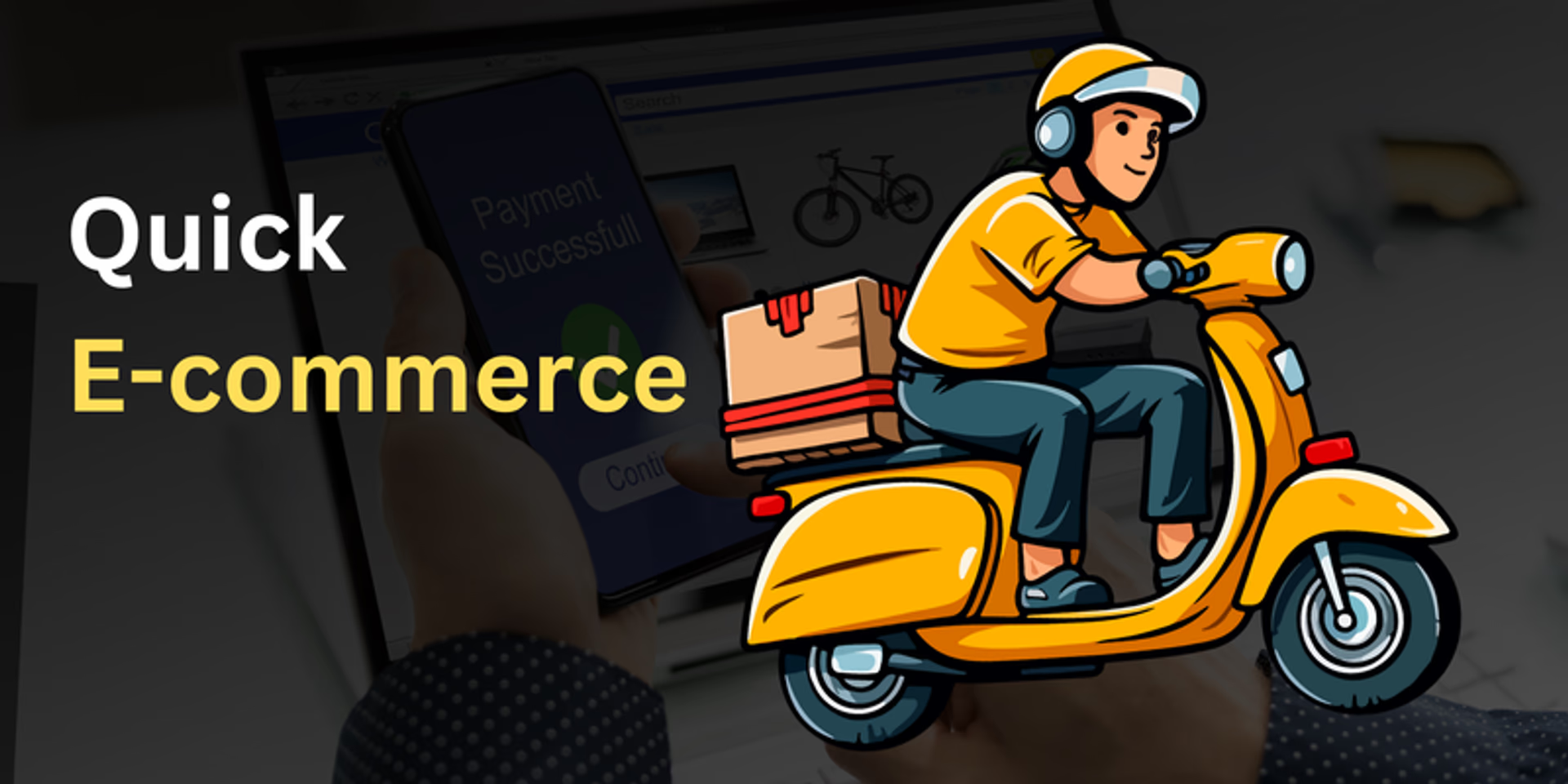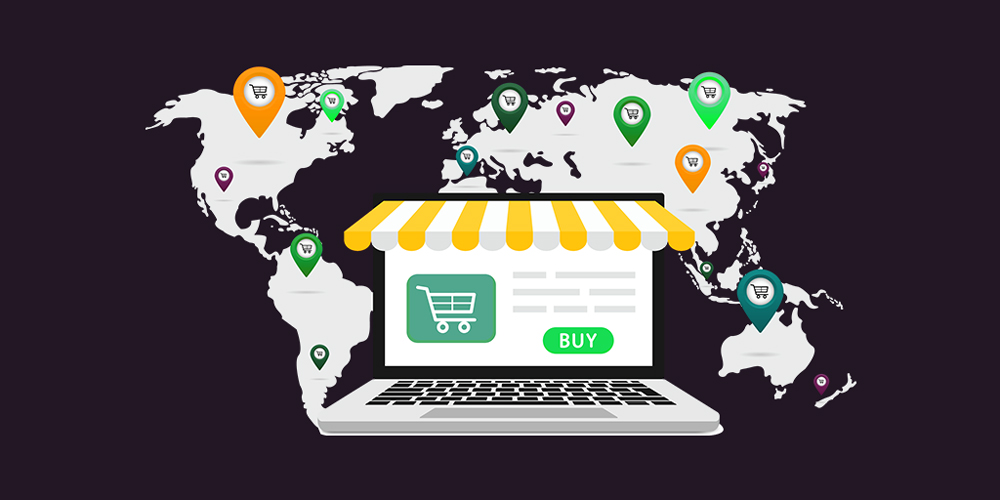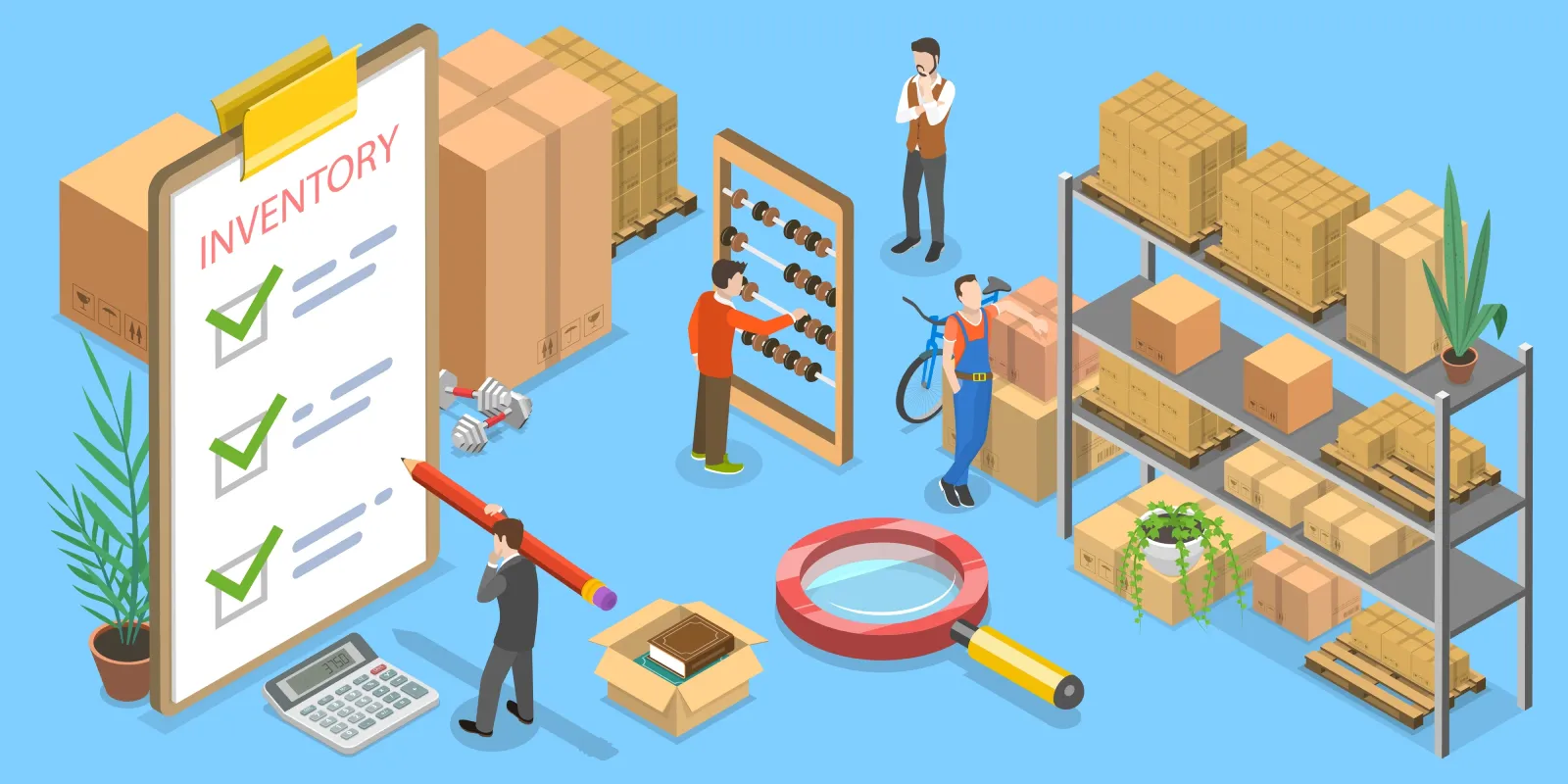Wie sich das Postpaket an den Aufschwung des schnellen Handels (Q-Commerce) anpasst
Quick Commerce (Q-Commerce) is reshaping how people shop and how logistics operate. Customers expect ultra-fast delivery, precise tracking, and transparent service. From fresh groceries to tech accessories, they want orders fulfilled within hours, not days.
To match this new pace, Postpaket is transforming its logistics ecosystem with automation, smart routing, and localized fulfillment centers designed for the Q-Commerce era.
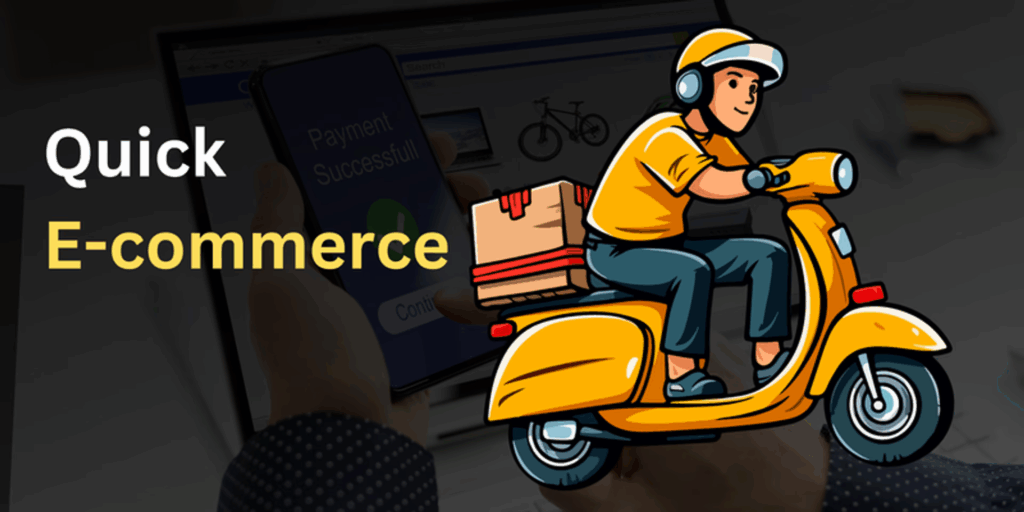
What Is Q-Commerce and Why Is It Changing the Delivery Landscape?
Q-Commerce, short for Quick Commerce, is a faster evolution of e-commerce. It focuses on delivering small orders in record time—often under 24 hours. The model relies on local warehouses, advanced data systems, and efficient transportation networks.
What Drives the Global Growth of Q-Commerce?
- Consumer demand for immediacy – Shoppers expect almost instant delivery.
- Urban density and infrastructure – Compact cities make rapid fulfillment practical.
- Technology and data analytics – Smarter algorithms improve route accuracy.
- Diversified product scope – From meal kits to micro-electronics, nearly everything can be shipped quickly.
Postal Parcel recognizes that this shift is more than a trend—it represents a fundamental change in how goods move through the global supply chain.
How Is Postal Parcel Redefining Its Operations for Q-Commerce?
Postal Parcel has re-engineered its core logistics model to keep pace with the growing demand for speed and flexibility. Its approach centers on decentralization, automation, and digital integration.
Building Urban Micro-Fulfillment Hubs
Postal Parcel now deploys micro-warehouses in major cities worldwide. These smaller hubs keep inventory close to end customers, reducing last-mile distance.
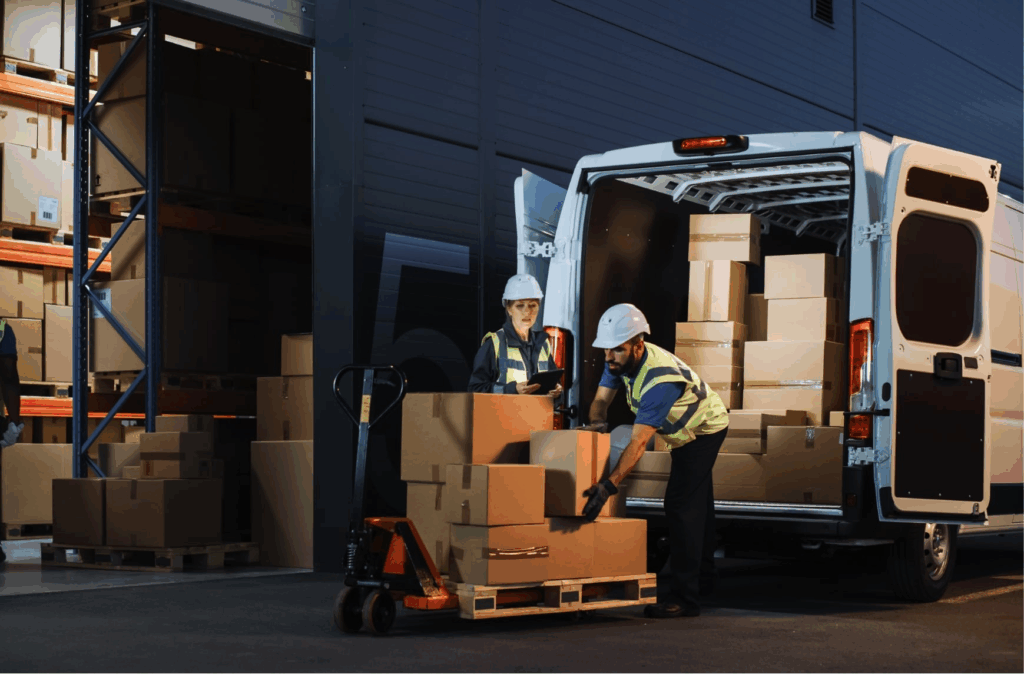
Each hub features:
- Automated sorting and packing systems
- Predictive stock replenishment
- Fast courier handoffs for local delivery
This setup minimizes delays and improves the ability to deliver same-day orders even during peak periods.
Real-Time Synchronization Through API Integration
Postal Parcel’s open API connects merchants, carriers, and customers within a single system.
Die Vorteile umfassen:
- Automatic order transfer to the nearest hub
- Smart carrier selection based on real-time performance
- Unified tracking and instant updates
Retailers using Postal Parcel gain end-to-end visibility while their customers enjoy faster notifications and greater delivery accuracy.
How Does Data Intelligence Give Postal Parcel a Competitive Edge?
Data is the heart of Postal Parcel’s modernization. Predictive analytics turn raw information into actionable logistics strategies.
Forecasting Demand Before It Happens
Postal Parcel analyzes historical order data to predict demand spikes. Seasonal peaks, flash sales, and regional holidays are all considered.
This insight allows proactive inventory distribution and prevents stockouts at local hubs.
Route Optimization and Performance Mapping
Artificial intelligence identifies the fastest and most cost-efficient routes for each delivery.
- Traffic, weather, and distance are calculated in real time.
- Couriers are automatically reassigned to avoid congestion.
- Delivery times drop significantly while energy use declines.
Improving Customer Visibility
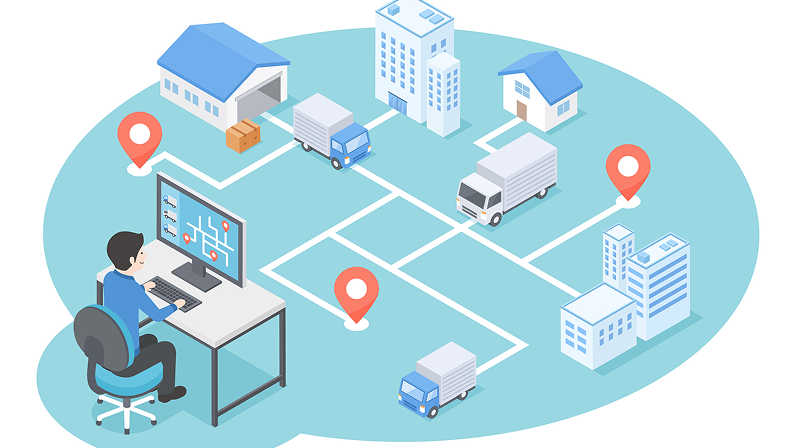
Postal Parcel’s tracking interface updates every stage of the journey. Customers receive real-time status changes, which builds confidence and reduces service inquiries.
Can Postal Parcel Scale Q-Commerce Globally?
Expanding fast delivery beyond domestic markets is complex. Postal Parcel achieves this through hybrid international-local integration, linking its cross-border network with local delivery partners.
Connecting Local Hubs with Global Gateways
- Zollabfertigung is automated through digital documentation.
- Regional hubs feed smaller micro-centers automatically.
- Tracking IDs remain consistent across international borders.
This structure ensures merchants can serve customers across continents with the same efficiency as domestic shipments.
Supporting Cross-Border eCommerce
Postal Parcel’s system handles duty management, regional taxes, and currency adjustments automatically. International sellers can now offer Q-Commerce-level service without building new infrastructure from scratch.
How Does Postal Parcel Maintain Sustainability While Delivering Faster?
Speed and sustainability can coexist. Postal Parcel incorporates green logistics to reduce emissions while keeping up with rapid delivery timelines.
Energy-Efficient Transportation
Electric vans, hybrid trucks, and cargo bikes are part of the Postal Parcel fleet. AI-based routing ensures vehicles operate at optimal capacity, cutting wasted mileage and fuel consumption.
Umweltverträgliche Verpackung
Postal Parcel promotes biodegradable and recycled packaging materials. It also optimizes parcel dimensions to reduce unused space and lower shipping weight.
Smart Warehousing for Low Carbon Output
Micro-hubs rely on renewable energy and motion-sensitive systems to minimize electricity use. Automation decreases manual labor, saving both time and resources.
What Tools Does Postal Parcel Offer for Businesses Joining Q-Commerce?
Many retailers want to join Q-Commerce but lack infrastructure. Postal Parcel provides the technology and support to make the transition smooth.
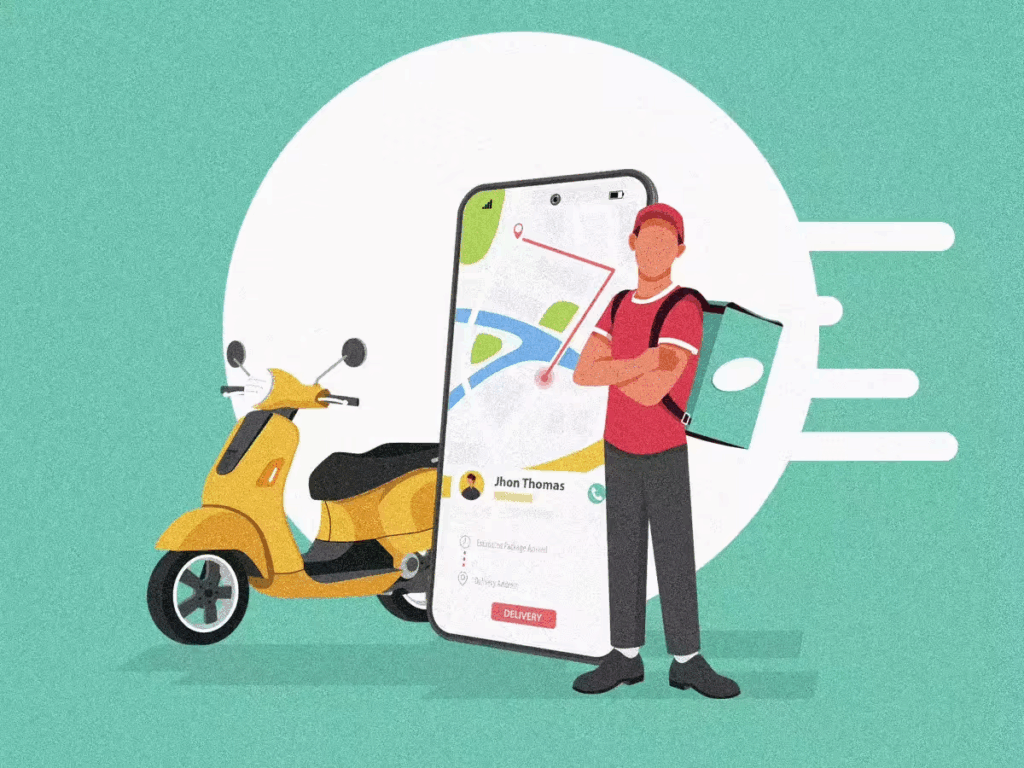
Simplified Onboarding and Integration
Merchants can connect their online stores through Postal Parcel’s API within minutes. The platform syncs orders automatically and recommends the most suitable delivery options.
AI-Driven Inventory Management
The system monitors sales velocity and restocks items proactively. This helps prevent out-of-stock scenarios while reducing warehouse waste.
Multi-Carrier Delivery Network
Postal Parcel partners with regional and global carriers to provide flexibility.
Die Vorteile sind:
- Lower overall costs
- Verbesserte Zuverlässigkeit der Dienste
- Access to multiple same-day shipping routes
Centralized Control Dashboard
One interface displays all orders, shipments, returns, and analytics. Businesses can track performance metrics and identify new market opportunities in real time.
What Innovations Will Shape Postal Parcel’s Next Phase?
Postal Parcel continues to invest in new technologies that strengthen its Q-Commerce capabilities and expand service quality.
Robotics and Automation
Automated sorting and robotic picking reduce warehouse handling time dramatically. The goal is to achieve near-instant order preparation for urban customers.
Drone and Autonomous Delivery
Pilot programs test drones and self-driving vehicles in dense city areas. These systems shorten delivery times while avoiding urban congestion.
IoT-Based Monitoring
Internet-of-Things sensors monitor the condition of packages, vehicles, and facilities. The data collected ensures consistent quality and prevents operational downtime.
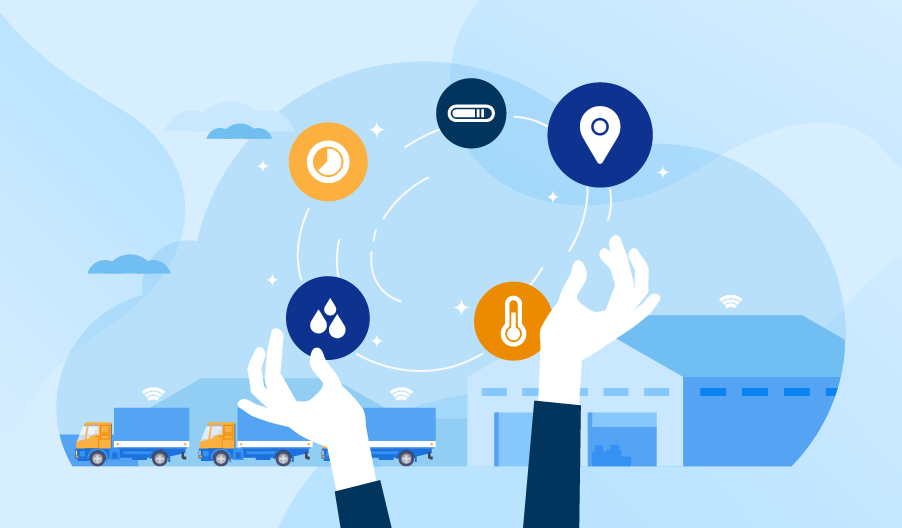
AI-Enabled Predictive Maintenance
Postal Parcel uses predictive maintenance on logistics equipment, minimizing breakdowns and maintaining consistent delivery performance.
Why Postal Parcel Is Poised to Lead the Future of Q-Commerce
Postal Parcel combines global reach, intelligent technology, and sustainable operations into one integrated system. It helps brands deliver faster while maintaining accuracy, visibility, and environmental responsibility.
Through smart routing, data intelligence, and collaborative logistics, Postal Parcel has positioned itself as a reliable partner for businesses aiming to compete in the fast-moving Q-Commerce market. Its model ensures that speed never sacrifices quality or sustainability.
To learn more about modern fulfillment and data-driven logistics, visit Postpaket and discover how the company continues to shape the future of quick, responsible global delivery.
Einblicke in die Industrie
Nachrichten über den Posteingang
Nulla turp dis cursus. Integer liberos euismod pretium faucibua

